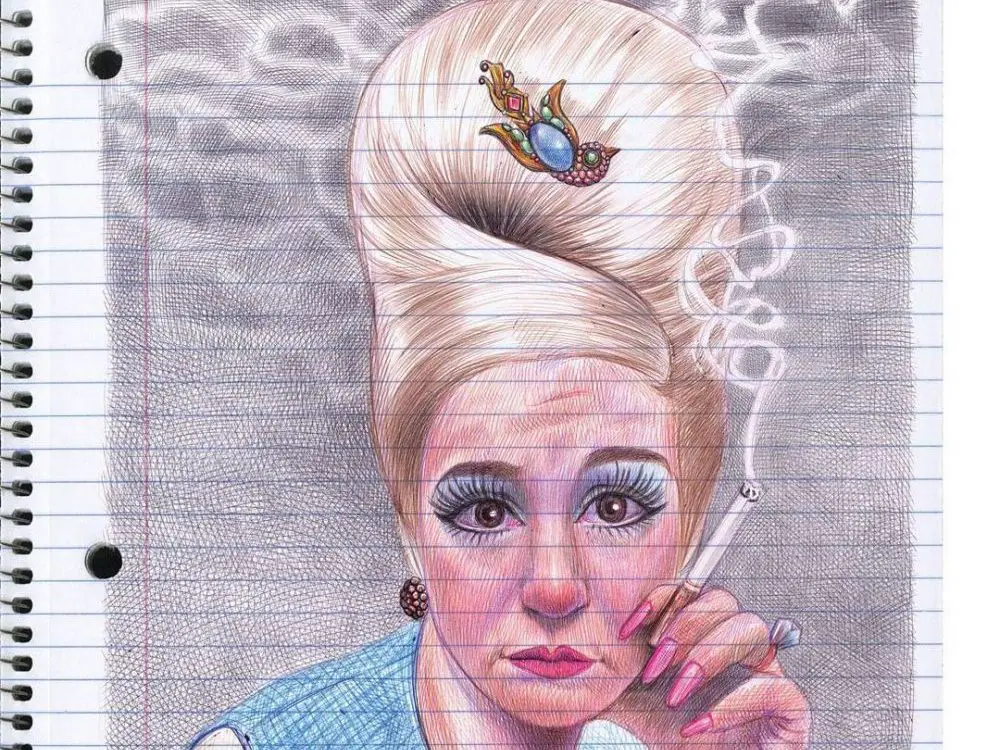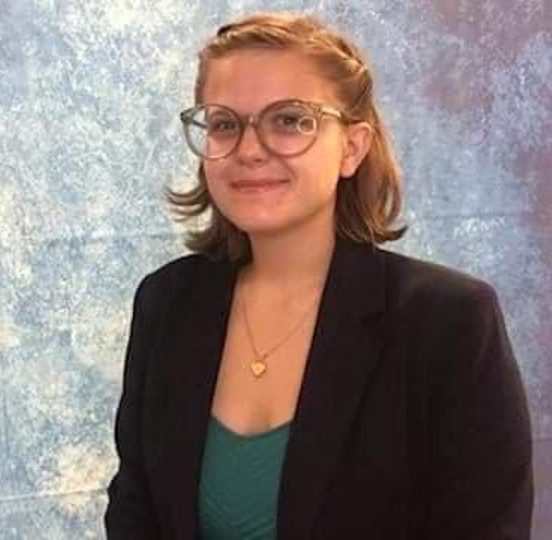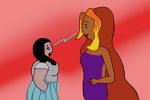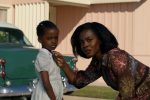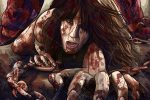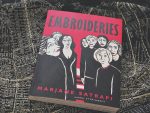When Art Spiegelman’s “Maus” was first published, it left the public speechless. The graphic novel, which details Spiegelman’s father’s time during the Holocaust, helped prove comics worthy of attention as an art form. The book also demonstrated that comics could contain serious themes and even stray away from the superhero market. Without “Maus,” “My Favorite Thing Is Monsters” would not have been published to such a wildly receptive world.
What “Maus“ did for comics in the 1980s is what “My Favorite Thing Is Monsters” is doing for the art form in the early 21st century.
The story is set in Chicago during the 1960s and follows a young girl named Karen as she accepts the role of detective when her neighbor is murdered. As Karen navigates her world, it’s increasingly clear she is naive to the darkness around her. But as she begins to understand the darkness, she goes on to accept her place in it.
The art and story by a newcomer to the graphic novel scene, Emil Ferris, are unlike any other currently on the market. The 416-page volume is displayed as if drawn directly on notebook paper and completely free of panels. Many of Ferris’ drawing were done with a Bic ballpoint pen and were inspired from images conjured from her own mind. By forgoing outlines and panels, Ferris gave herself complete artistic freedom.
Freedom of self-expression is what Ferris seems to have been fighting for her entire life. Growing up like her protagonist in Chicago during the 1960s, Ferris struggled against the strict social norms she witnessed as a young girl. In a tweet following the death of Ruth Bader Ginsberg, Ferris said: “In the case of girls (happens for boys, too, but differently) the attempt is made to box us, strip us of our ferocity and saddle us w/ an approved social identity.”
Ferris’ dedication to giving back and highlighting this ferocity is more than proven by her choice to depict the protagonist of “My Favorite Thing Is Monsters“ as a werewolf. As a child, Ferris was fascinated by the horror genre, like many women are.
When questioned about the depiction in an interview with The Guardian, Ferris explained, “ I drew her the way I saw myself, the way I felt I was. I drew her the way I wanted to be.” She goes on to say, “I didn’t ever want to be a woman. I mean, it just did not look like a good thing, nor did being a man, because it felt like they were being victimized by the same system.”
In order to live within the system, Ferris recreated herself as something exempt from the boundaries forced by the people obsessed with the polarizing of gender. For Ferris, a werewolf was not constrained by beauty or considered an object for the male gaze. A werewolf was a monster that did not have to pretend to be something it wasn’t.
Ferris’ debut graphic novel gave her more than just a place to regain her identity in a world full of gender binaries. “My Favorite Thing is Monsters“ came as a part of her recovery from the West Nile virus, which left her paralyzed from the waist down and without the use of her right hand. The graphic novel was the result of teaching herself how to draw again and the eventual regained use of her hand.
Ferris revealed, “There’s a lot of joy in drawing the book, because I started the book still with some difficulties from paralysis, and the book was part of what helped me recover.” Despite her hardships, Ferris is able to walk with the help of a cane. The success of her book placed her in the comic world’s spotlight, where she currently stands as she completes her second story.
The highly anticipated second volume of Ferris’ adventure is scheduled for September 2021 and will conclude Karen’s story and hopefully give readers a satisfying conclusion to the murder mystery at the center of Ferris’ masterpiece.
“Maus” proved to the world that serious topics could be effectively explored by illustrations and word bubbles in ways regular novels or even television could only hope to match. The amount of emotion and depth found with a few panels on the page proved the ingenuity of the art form. Because of Spiegelman, the door opened for other comic creators, including Ferris and “My Favorite Thing Is Monsters.”
Like Spiegelman, Ferris subverts the public’s expectations of both graphic novels and horror. With her ballpoint pen drawing and lack of panels, she proves comics do not have to fit into one specific form to be accepted by audiences. The tumultuous way she commands a page by creating an organized chaos is unlike anything else found in a comic book shop or on the shelf of the graphic novel section in a bookstore.
The graphic novel’s emphasis and expression through horror is nothing new for those who don’t feel like they fit into society. One audience who may feel a certain kinship are those who identify as LGBT, who make up the targeted demographic for a complete subgenre of horror by themselves. While there are many stories that feature gay male characters, lesbian characters are few and far between.
But not only does Ferris foster a space for lesbians in her work, she also creates a place for transgender characters. Here, Ferris is not just stretching the horror genre, but rather depicting its potential in the future.
The world is currently in some extremely scary times. Ferris is telling her readers to not shirk away from the horror around every corner, but rather embrace it. Be ferocious and accept the monster inside.


